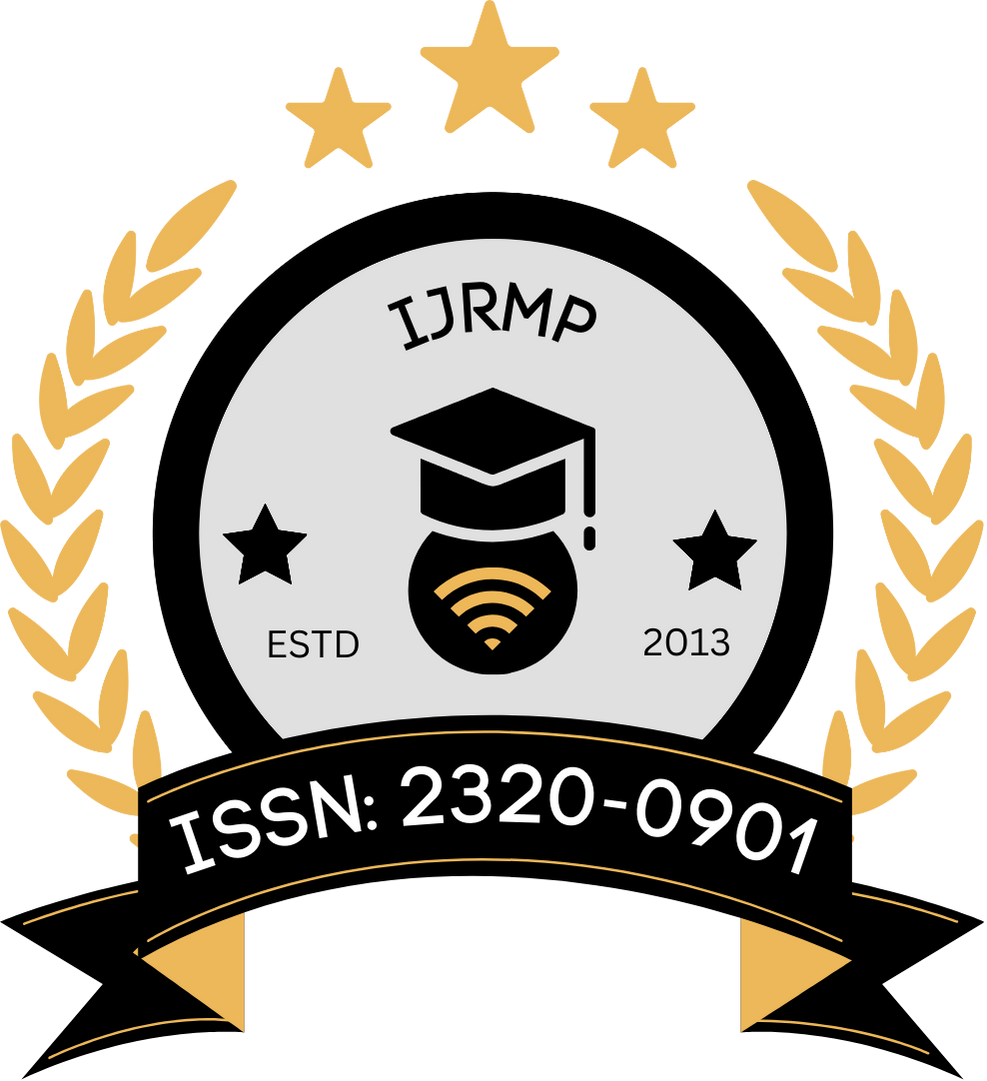![]()
Shraddha Nair
Independent Researcher
Tamil Nadu, India
Abstract
Adverse events (AEs) in clinical practice present significant challenges to patient safety, regulatory compliance, and healthcare costs. The rapid digitization of healthcare records and the emergence of electronic clinical databases have opened new avenues for leveraging machine learning (ML) to monitor and detect AEs in real-time. This manuscript explores the use of machine learning algorithms for adverse event detection within structured and semi-structured clinical databases. The study reviews traditional surveillance systems, highlights shortcomings in rule-based approaches, and emphasizes the evolution and impact of supervised and unsupervised ML techniques in early warning systems. Real-time applications, including logistic regression classifiers, decision trees, support vector machines, and naïve Bayes models, are evaluated in the context of data latency, accuracy, and integration feasibility with hospital information systems. A proposed methodology for retrospective data labeling, model training, and integration with real-time clinical alert systems is discussed. Results indicate significant improvement in detection sensitivity and predictive accuracy compared to traditional approaches. The study concludes by identifying key limitations in training data quality, interpretability, and system scalability.
Keywords
Adverse events, machine learning, clinical databases, real-time detection, supervised learning, healthcare analytics
References
- Bates, D. W., Evans, R. S., Murff, H., Stetson, P. D., Pizziferri, L., & Hripcsak, G. (2003). Detecting adverse events using information technology. Journal of the American Medical Informatics Association, 10(2), 115–128. https://doi.org/10.1197/jamia.M1074
- Murff, H. J., FitzHenry, F., Matheny, M. E., Gentry, N., Kotter, K. L., Crimin, K., … Dittus, R. S. (2011). Automated identification of postoperative complications within an electronic medical record using natural language processing. JAMA, 306(8), 848–855. https://doi.org/10.1001/jama.2011.1204
- Lehman, L.-W. H., Saeed, M., Long, W., Lee, J., & Mark, R. G. (2012). Risk stratification of ICU patients using topic models inferred from unstructured progress notes. AMIA Annual Symposium Proceedings, 2012, 505–511.
- Saria, S., Rajani, A. K., Gould, J., Koller, D., & Penn, A. A. (2010). Integration of early physiological responses predicts later illness severity in preterm infants. Science Translational Medicine, 2(48), 48ra65. https://doi.org/10.1126/scitranslmed.3001427
- Henry, K. E., Hager, D. N., Pronovost, P. J., & Saria, S. (2015). A targeted real-time early warning score (TREWScore) for septic shock. Science Translational Medicine, 7(299), 299ra122. https://doi.org/10.1126/scitranslmed.aaa5993
- Hauskrecht, M., Batal, I., Valko, M., Visweswaran, S., Cooper, G. F., & Clermont, G. (2013). Outlier detection for patient monitoring and alerting. Journal of Biomedical Informatics, 46(1), 47–55. https://doi.org/10.1016/j.jbi.2012.09.004
- Goldstein, B. A., Navar, A. M., Pencina, M. J., & Ioannidis, J. P. A. (2016). Opportunities and challenges in developing risk prediction models with electronic health record data: A systematic review. Journal of the American Medical Informatics Association, 24(1), 198–208. https://doi.org/10.1093/jamia/ocw042
- Platt, R., Wilson, M., Chan, K. A., Benner, J. S., Marchibroda, J., & McClellan, M. (2009). The new Sentinel Network—Improving the evidence of medical-product safety. New England Journal of Medicine, 361(7), 645–647. https://doi.org/10.1056/NEJMp0904053
- Meystre, S. M., Savova, G. K., Kipper-Schuler, K. C., & Hurdle, J. F. (2008). Extracting information from textual documents in the electronic health record: A review of recent research. Yearbook of Medical Informatics, 17(1), 128–144. https://doi.org/10.1055/s-0038-1638588
- Peelen, L. M., Kalkman, C. J., Moons, K. G. M., Peeters, C. F. W., de Jonge, E., & Schoenhage, T. F. (2012). Using electronic health record data and machine learning for risk prediction in surgical patients. Critical Care, 16(3), R98. https://doi.org/10.1186/cc11381
